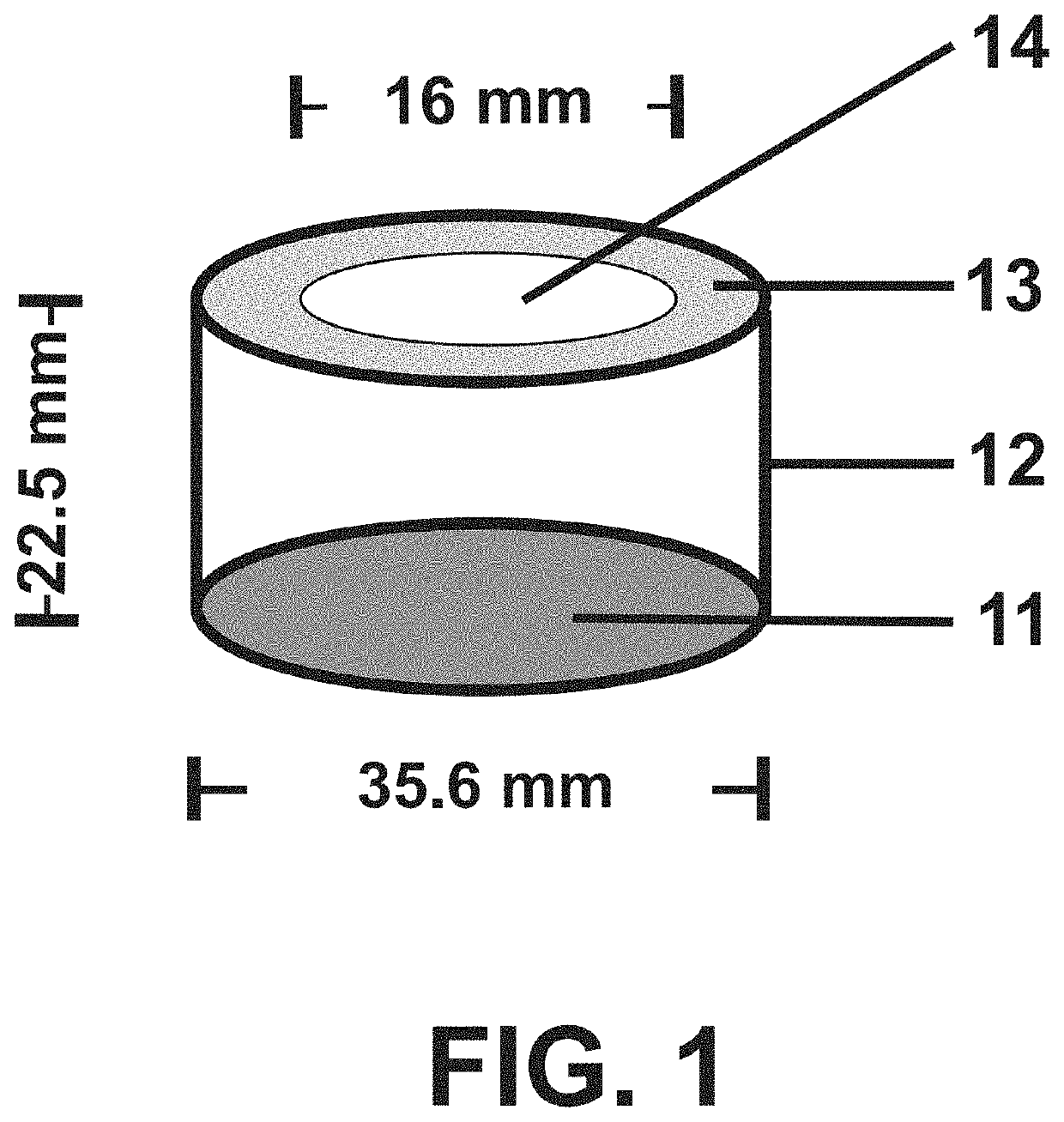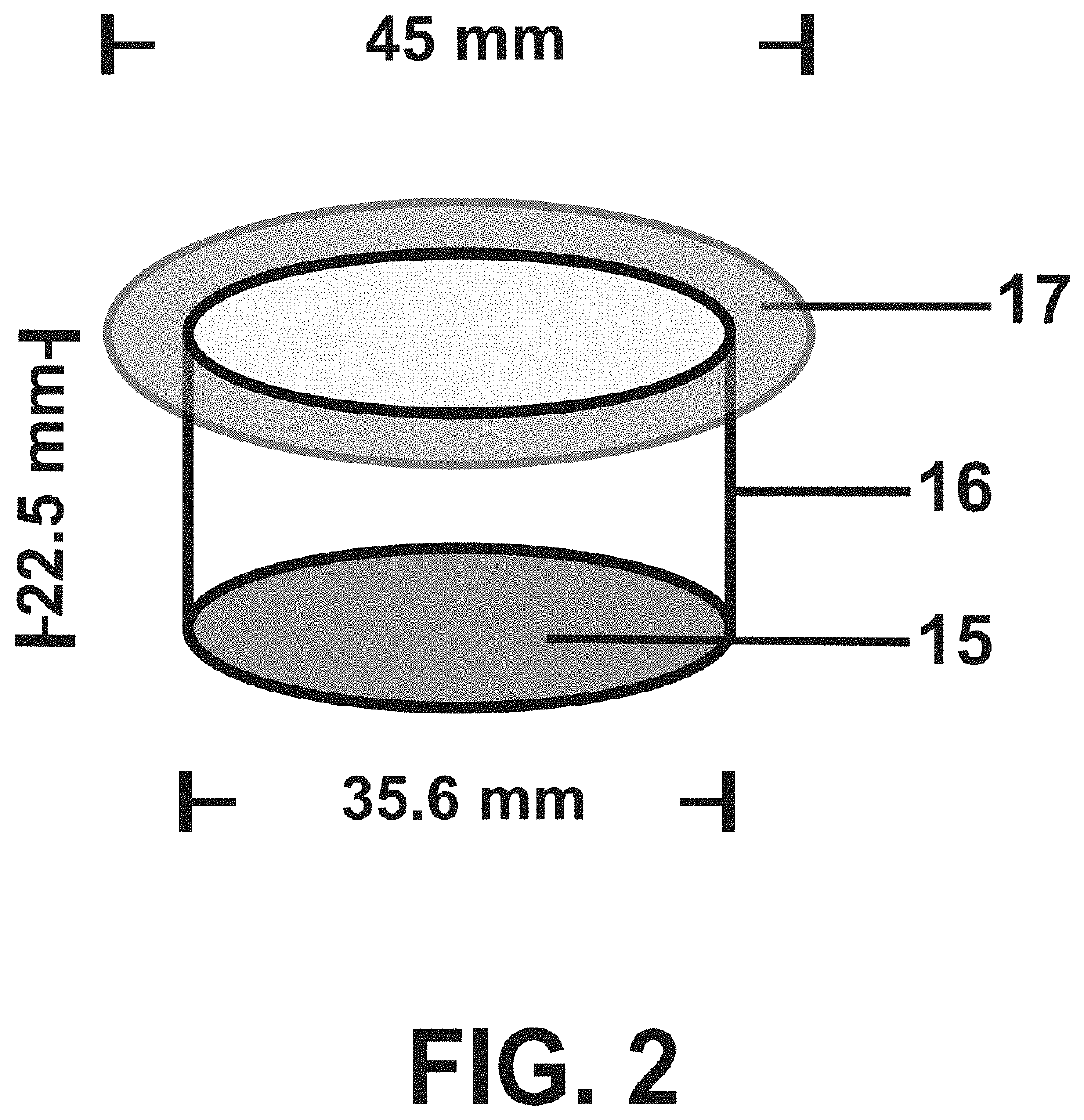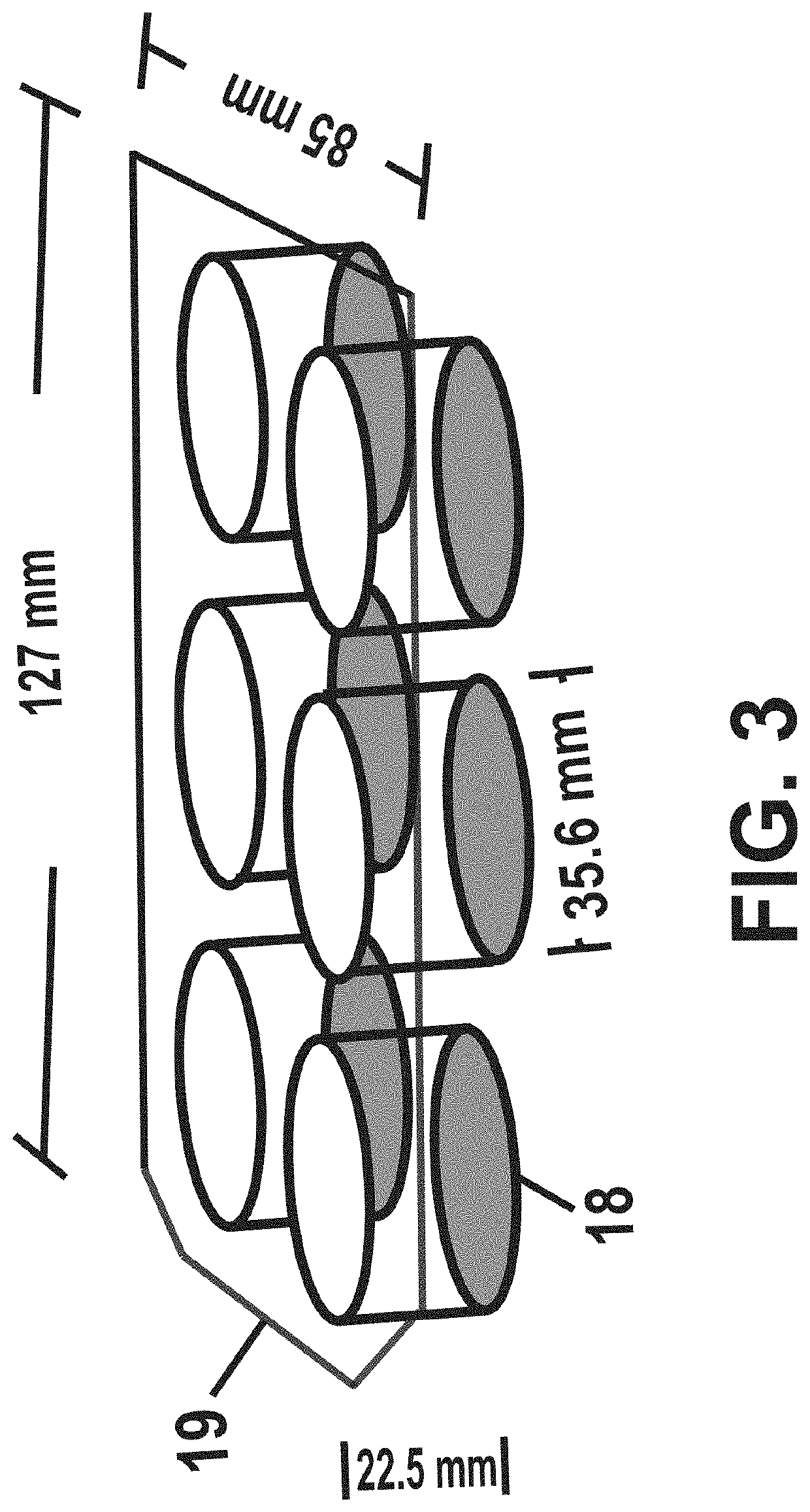Low-macrophage-adhesion/activation culture devices and methods thereof for continuous hematopoiesis and expansion of hematopoietic stem cells
a technology of activation and culture device, which is applied in the direction of cell culture active agent, specific use bioreactor/fermenter, biomass after-treatment, etc., can solve the problems of insufficient inhibition of cellular adhesion, insufficient hematopoiesis support, and insufficient hematopoiesis long-term survival rate, etc., to reduce adherence and pro-inflammatory activation/differentiation, low protein/cell binding, and high degree of transparency
- Summary
- Abstract
- Description
- Claims
- Application Information
AI Technical Summary
Benefits of technology
Problems solved by technology
Method used
Image
Examples
embodiments
Example 1
[0081]Fibroblasts and Macrophages Exhibit Very Low Adherence to PE Compared with PS or TC-PS.
[0082]To compare the adhesion of fibroblasts to different culture surfaces, we seeded equal numbers of OP-9 fibroblastoid stromal cells in PS vs. TC-PS vs. PE-coated 6-well plates. After 24 hours of incubation at 37° C., adherent cells were trypsinized and counted. As shown in FIG. 5, OP-9 adhered very efficiently to both PS and TC-PS surfaces with >100% of input cells found in the adherent fraction as some mitoses had taken place during the incubation period. In contrast, very few OP-9 cells bound to the PE-coated plates with an efficiency of <1% of that of PS or TC-PS. A parallel study was performed using a macrophage-like cell line, WEHI 3B. Again, WEHI 3B adhered efficiently to both PS and TC-PS surfaces but only marginally to the PE culture surface with an efficiency of 2-3% of that or PS or TC-PS (FIG. 6). These results were in line with the prediction based on the differences...
example 2
[0085]LoMAC BM Long-Term Culture using PE-Coated Culture Devices.
[0086]To test the hypothesis that macrophages in traditional long-term BM cultures might be harmful to HSC and progenitors, we compared mouse BM long-term cultures in TC-PS vs. PE-coated plates. The assumption was that reduced macrophage adhesion in PE-coated plates would result in less macrophage M1 activation, which in turn would help create a non-inflammatory environment or an anti-inflammatory environment if HC is also present. BM cultures were incubated at the physiologic 37° C. instead of 33° C. as required in traditional LTBMC. In line with the findings using the OP-9 stromal cell line (FIG. 5), PE completely prevented the adherence of fibroblastoid BM stromal cells, which underwent apoptosis without anchorage. As a result, there were no fibroblastoid stromal cells in BM cultures set up in the PE-coated culture devices. However, there were small numbers of adherent macrophages, most of which adhered only loosely...
example 3
[0090]Comparison of Phagocytic Activity and TNFα Production in Mouse Bone Marrow Cultured in PE-vs. PS-Coated Plates.
[0091]In addition to reduced adhesion, macrophages (pre-existing and newly generated) in BM cultures established in PE-coated culture devices were less phagocytic (as evidenced by lower frequencies of inclusion bodies) in contrast to macrophages found in BM cultures set up in TC-PS culture devices (FIG. 10). In fact, de novo generated macrophages like those in older, well-established BM cultures in PE-coated culture devices were completely non-phagocytic, with none of the macrophages containing inclusion bodies (see FIG. 15A and FIG. 17C below).
[0092]To compare the effects of PE on the production of pro-inflammatory cytokines (as an indicator of macrophage pro-inflammatory activation), we set up bone marrow cultures in TC-PS-based dishes vs. PE-coated dishes in the absence or presence of HC (10−6 M). As predicated, HC reduced the production of the key pro-inflammatory...
PUM
 Login to View More
Login to View More Abstract
Description
Claims
Application Information
 Login to View More
Login to View More - R&D
- Intellectual Property
- Life Sciences
- Materials
- Tech Scout
- Unparalleled Data Quality
- Higher Quality Content
- 60% Fewer Hallucinations
Browse by: Latest US Patents, China's latest patents, Technical Efficacy Thesaurus, Application Domain, Technology Topic, Popular Technical Reports.
© 2025 PatSnap. All rights reserved.Legal|Privacy policy|Modern Slavery Act Transparency Statement|Sitemap|About US| Contact US: help@patsnap.com



